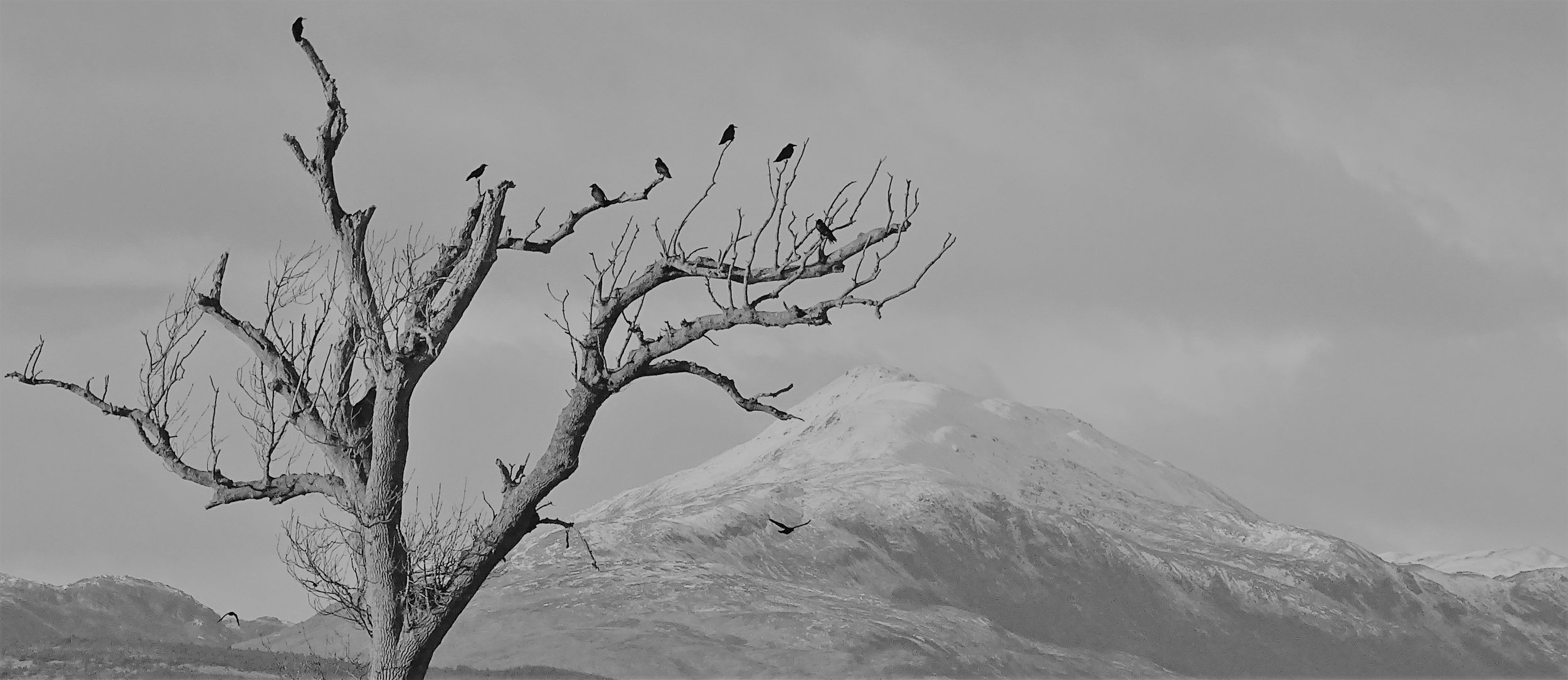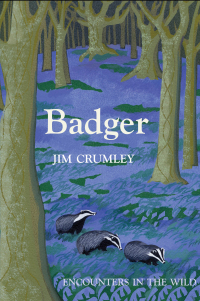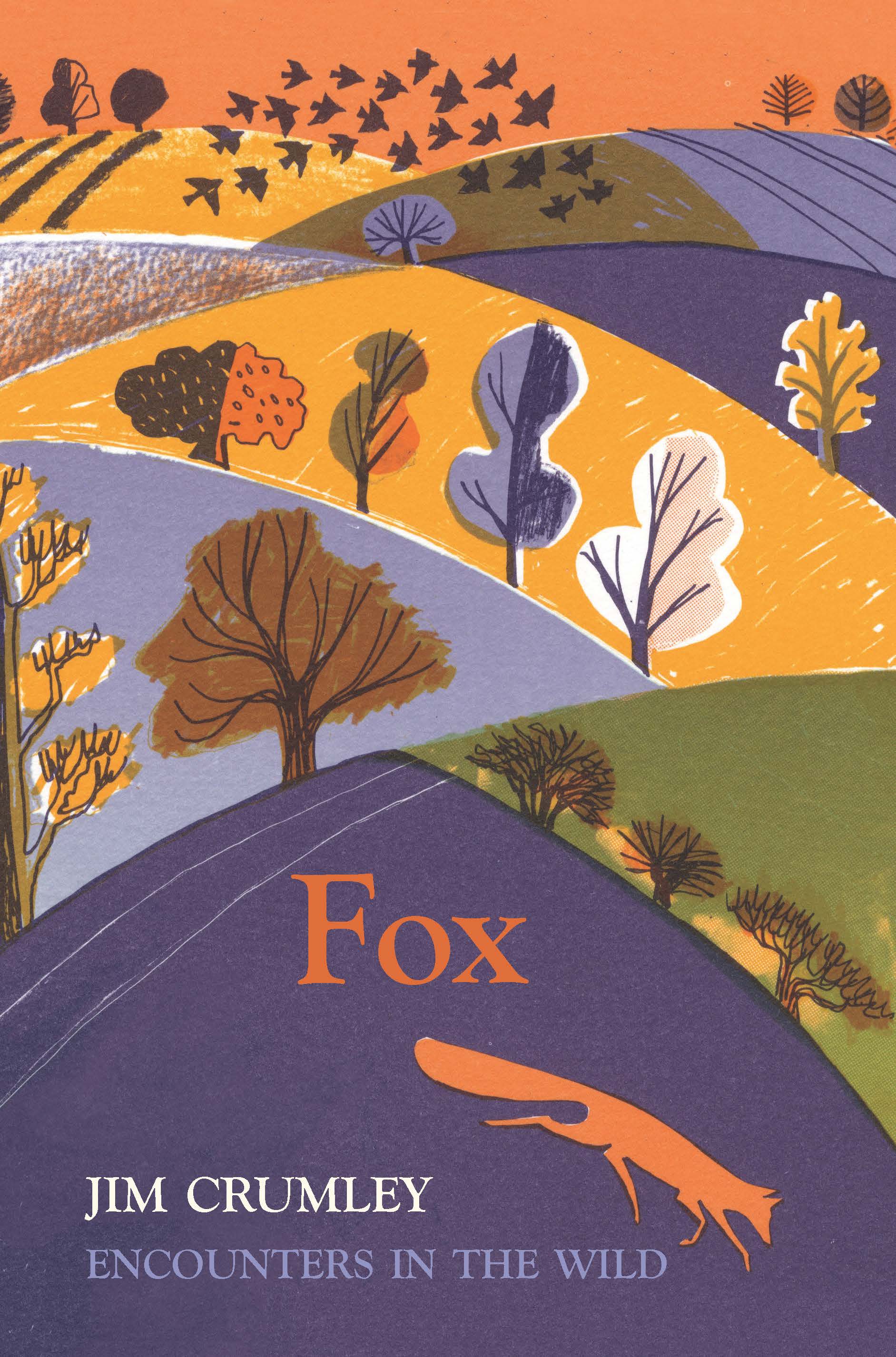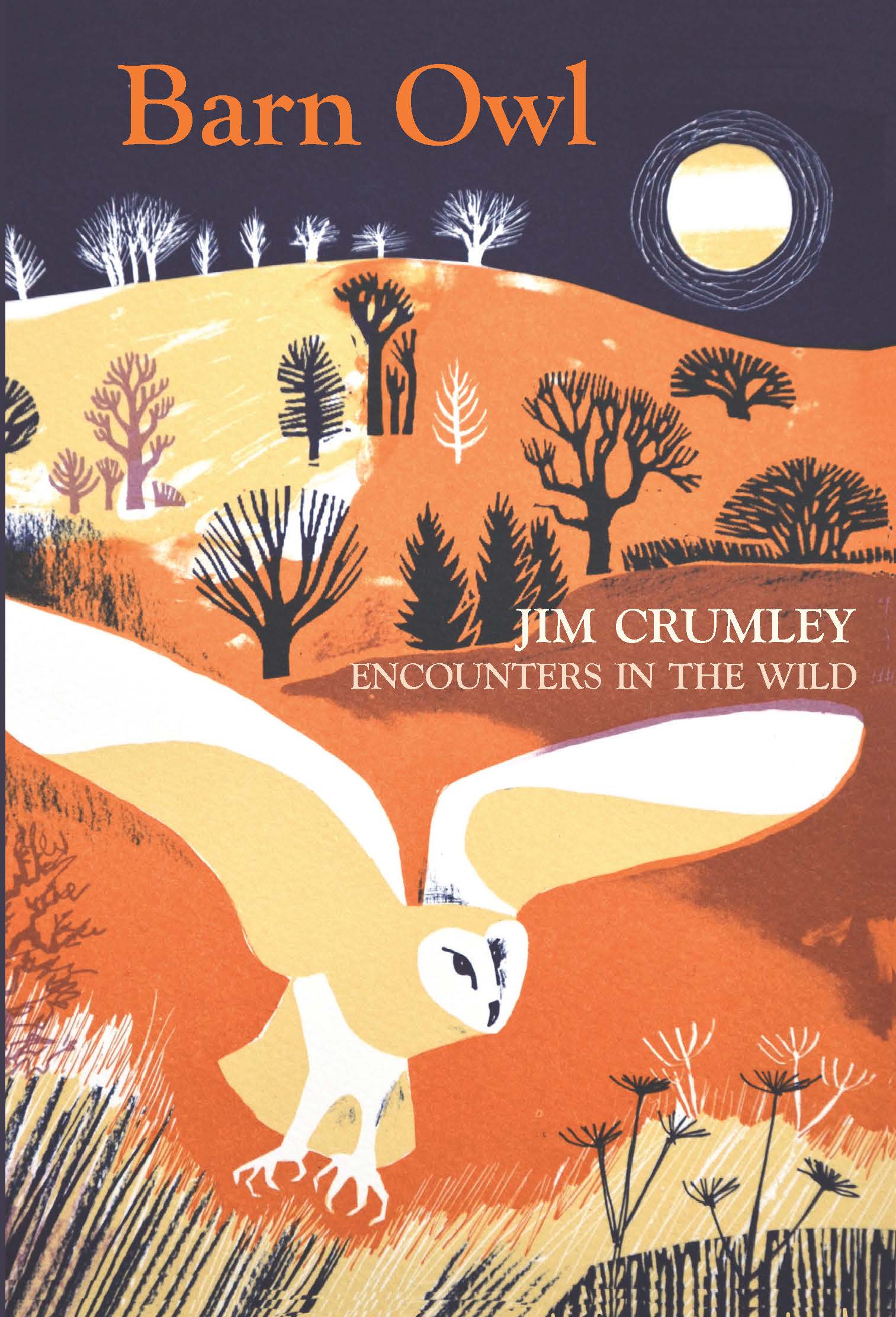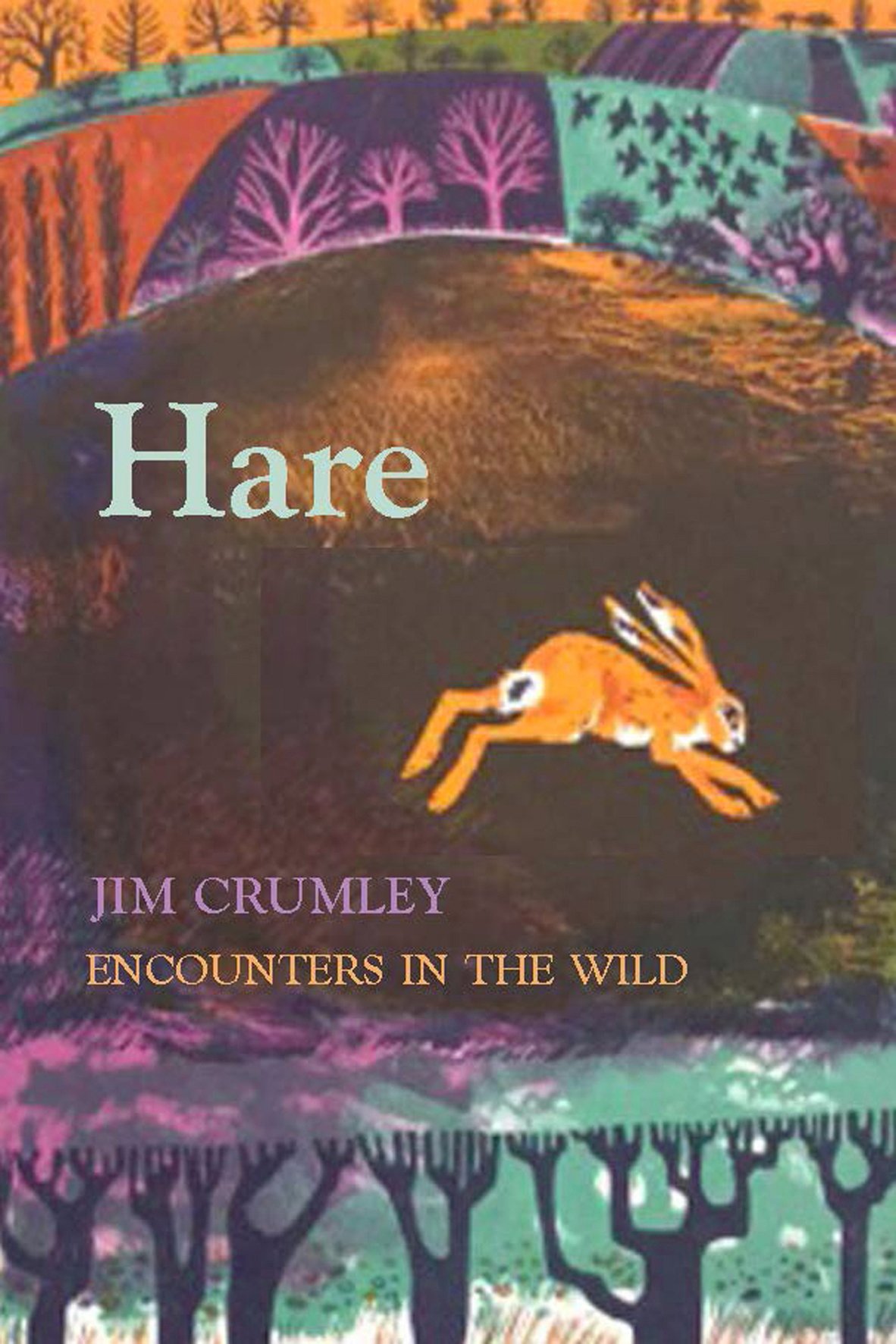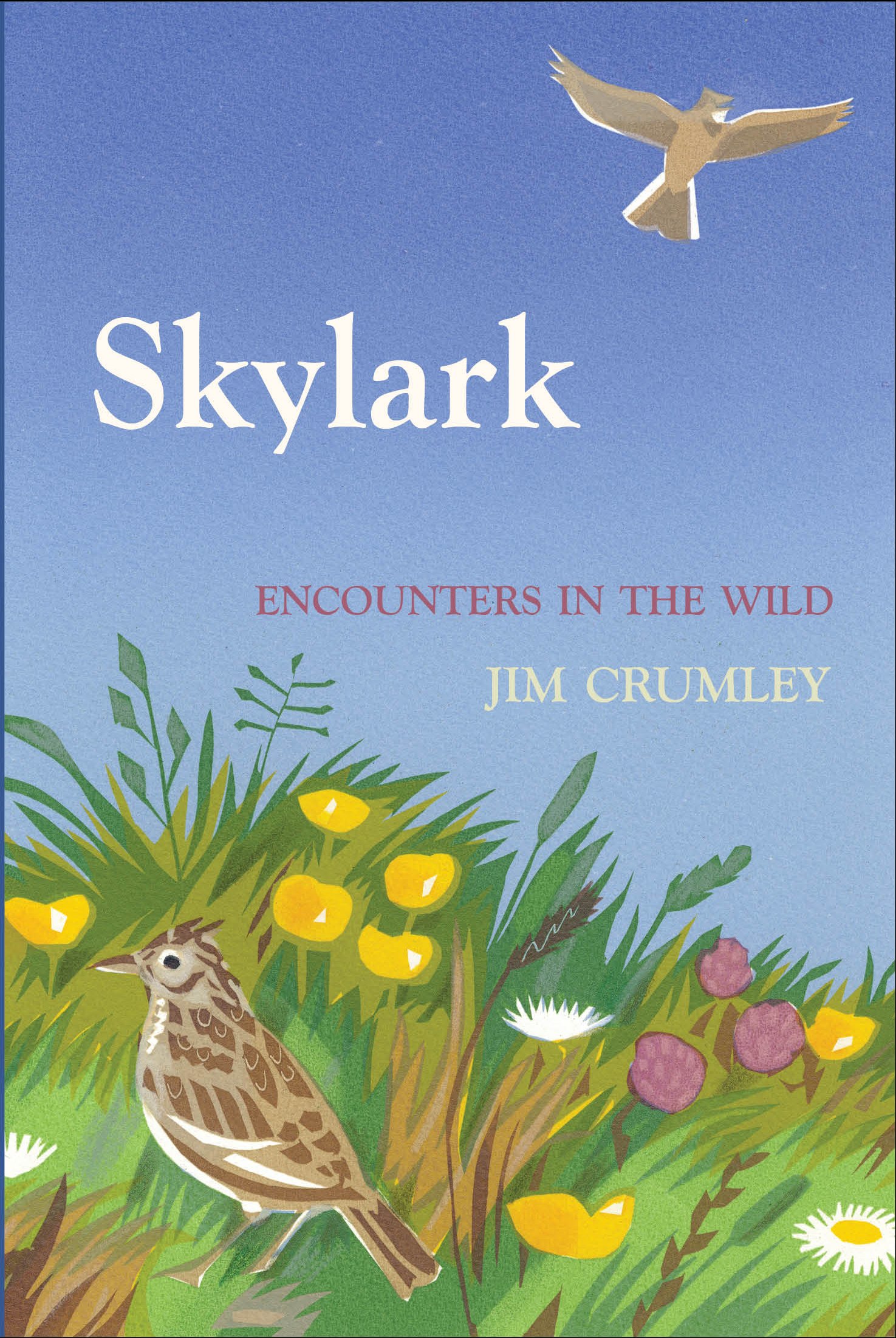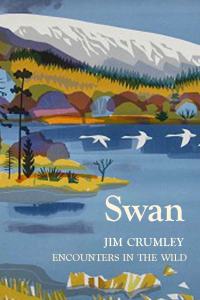All titles on this page are published by Saraband
Seasons of Storm and Wonder
After seven years, Jim Crumley’s seasons project reaches a spectacular conclusion.
With a foreword by Kathleen Jamie, Scotland’s Makar – our national poet.
The four seasons books are reimagined into a single volume with a new introduction and afterword by Jim Crumley, finally realising his vision of the original series as a single piece of work.
Published by Saraband
Extract from the Introduction
THIS BOOK WAS conceived in a moment of beauty. There had been a few fiery autumn days on Skye, then the reluctant drive back. Return journeys from Skye are always reluctant. There was a bend in the road above Loch Garry.
Between the outside of the bend and the loch shore was a stand of aspen trees, gold on gold, shaded by Scots pines but gilded and backlit by sunlight that bounced off the surface of the loch below. A gasp from the driver.
A layby 200 yards further on, stop the car, find notebook and pen, write this: “Twice-gilded aspens, Loch Garry, a book about autumn.” Drive on. That was the moment.
True, it lay in the notebook unexploited for a year or three, but in that time it was photosynthesizing, as befits a book about autumn. I would come across it from time to time when I was looking for something else, and then I might linger over it for an hour. Always, I thought it was still a good idea. Eventually, the right time and the right space coincided and it put up a green shoot into the daylight, felt sunlight, bore trunk, limbs, branches, foliage, fruit.
The resultant book became The Nature of Autumn which in turn became the first of a quartet of books, for it was followed by The Nature of Winter/Spring/Summer, four books in five years, an endeavour that – crucially – came to feel like a single piece of work. This book is the final phase of the evolution of that moment above Loch Garry, a reworking of those four books into one, a final harvesting, and that too befits its autumn roots.
These are also Scottish roots, for Scotland is my country where I have lived all my life and where I go to work, and Scotland colours and informs much of this book. But Scots were always an outgoing, internationalist tribe, and in these pages you will also find tidings of nature from the Lofoten Islands of Arctic Norway, narwhals in the Arctic Ocean (and mysteriously on a Trossachs skyline) , an Icelandic glacier that died, the largest glacier in Greenland in a kind of gruesome tailspin towards oblivion, a fracturing Antarctic ice shelf that has the capacity to drown the low-lying shores of much of the southern ocean; oh, and I tiptoed over the Border to lovely Lindisfarne.
Re-reading all four books in the cause of producing this edition, the ghosts of climate chaos, global warming and nature in crisis lurk in all their shadows, a troubling presence in the wings that would occasionally shoulder everything else aside and declaim from centrestage.
Its essential message is that the wellbeing of the global economy is a piddling endeavour alongside the wellbeing of the globe itself. The colossal scope of human energy and our wealth down to the last pound note and euro and dollar bill is needed by the planet itself, to restore its health, its biodiversity, its fully-functioning ecosystem, its forests, its wetlands, and to heal and cleanse its oceans. Achieve that and the Earth will modify its increasingly turbulent temperament of storms, and restore to nature the rhythm of seasons. Life for the people will also transform, for the better. We will never make a more profitable investment.
Fail to achieve that while we pursue instead relentless economic growth at the expense of fast-depleting natural resources, and our days on the face of the Earth are numbered. So our task is to find the means, not just of survival, but of a quality of survival; not just for our own species, but for all nature. As a mission, it is so much more important than anything else you can name, because the health of the planet is a definition of life itself.
The planet is broken. Our species – yours and mine – has broken it. But we are, as yet, in the fortunate position of knowing what is wrong and how to fix it. And as we apply ourselves to the task, we do well to remember this: Planet Earth is still as beautiful as it is broken. Hugh MacDiarmid’s Bonnie Broukit Bairn is still as bonnie as it is broukit. There is still wonder as well as storm. The aurora still shines and shimmers, rainbows have not lost the art of the arch. Deep in December, great oaks still confound the calendar by clinging on to much of their foliage. The wingsong of mute swans in flight still resounds and beats out the wild pulse of nature, and the grimmest of January days is still transformed by the display flight of golden eagles and the winter anthem of mating foxes. The miracle of migration in all its forms still recurs. Skylarks still sing. The moon still rises and commands the tide to ebb and flow, the sun still sets and ignites the west. Mountains still stand upside down in still waters. Rivers still beckon to streams, waterfalls still whiten, firths still widen to the sea and beckon to dolphins, to whales. Seal song has not lost its power to enchant and still turns the heads of storytellers. Snowdrops still fend off winter and daffodils still gather in spring hosts to disturb poets. Summer bog myrtle still smells like the nectar of the gods. Autumn aspens can still seduce a passing nature writer.
And the howl of a wolf pack still commands our heads and hearts to look inward and examine the wildness that remains within, the still-functioning animal instinct that shaped our species; and to look outward and reappraise and tend thoughtfully towards wildness and beauty. It is nature’s summons, it asks us to be aware, to take heed. It says to us: “Listen to the land.”
That sequence of four words recurs more often than any other in these pages. Listen to the land. For thousands of years, humankind has attributed wisdom and knowledge and elements of spirituality to non-human creatures and to the land itself. Without necessarily advocating a return to placing our gods on mountaintops (although if you must have a god in your life it’s not the worst idea), I still think there is a lot to be said for American architect Frank Lloyd Wright’s response to a question about whether he believed in God. Yes, he said, he did believe in a God, then added, “but I spell it Nature”. The crucial disconnect of these early decades of the twenty-first century is that between nature and ourselves. Our behaviour confirms an unavoidable truth: we are thirled to a belief that we are somehow other than nature, beyond nature, even better than nature, that we have the omnipotent right to control nature. Therein lies the fault line. As it fissures, fractures, widens and deepens, it threatens all nature, including ourselves, and the wellbeing of the Earth.
Perhaps it is still possible to heal the fault line, to step back from the abyss, and perhaps the way to begin is to try and relearn the lost art of listening to the land. And by healing the fault line, perhaps it is also possible to heal our beautiful, broken Earth and ourselves.
Still available in hardback and paperback
LAKELAND WILD
Lakeland Wild was a bit of a departure for me, my first book which was not rooted in a Scottish landscape, but rather in the north-east corner of the English Lake District.
What began as an exploration of backwoods and backwaters – Lakeland’s turn-aside places – morphed agreeably into a series of adventures-in-landscape that were rather more than I bargained for.
Highlights included the “discovery” of the highest fragment of the Atlantic oakwood in all England, hidden in plain sight on a high mountainside but omitted by both the Ordnance Survey and Wainwright; and the uncovering of a kind of family tree of nothing less than the global evolution of conservation thinking from Wordsworth’s admiration for Burns to Aldo Leopold’s admiration for John Muir, and by way of Emerson, Thoreau and Whitman. And because the trail led all the way from Wordsworth to Leopold and Leopold crept – just – into my own lifetime, I felt a thrilling sense of inclusion in the book’s journey.
It proved to be quite a journey. Lakeland Wild – the whole book was quite a journey.
THE EIGHT ENCOUNTERS
The Encounters in the Wild books are a series of short monographs, four birds and four mammals, all of them written from personal encounters. They are beautifully produced hardbacks, each of which features original artwork covers by Carry Akroyd.
TWO REINTRODUCTIONS
The Eagle’s Way and Nature’s Architect are very personal approaches to the practical impact on the ground of wildlife reintroductions. The Eagle’s Way watches at first hand the changing nature of the relationship between the golden eagle which has been with us forever, and the white-tailed eagle which was wiped out in Scotland in the early 20th century and was gone from our skies until reintroduction began tentatively on Rum in 1975. Further reintroductions over the next 40 years in the West Highlands and on the east coast near the Firth of Tay have consolidated its presence far and wide. I began to wonder about their relationship with golden eagles when I heard of three young sea eagles from the east coast roosting in a pinewood near Loch Tay in the middle of the country, and sharing the roost with a young golden eagle from the west. And what I wondered was this: is this completely new behaviour, or very old behaviour indeed and the circumstances that made it possible once more had only just begun to recur. So I began to explore a new theory of my own about a kind of eagle highway, a two-way, coast-to-coast highway between the Firth of Tay and Mull, The Eagle’s Way.
Nature’s Architect is about the beaver’s reintroduction into Scotland, both the official trial in Argyll, wrapped in bureaucratic caution, and the infinitely more successful – but illegal –“unofficial” release of beavers into Tayside that has delighted the wider public and appalled farmers, many of whom responded with shotguns. Whatever you think of reintroducing such creatures, there is no denying that their uncompromising lifestyle with its distinctive architecture and engineering, has begun to transform landscapes and biodiversity in remarkable and beneficial ways for nature.
